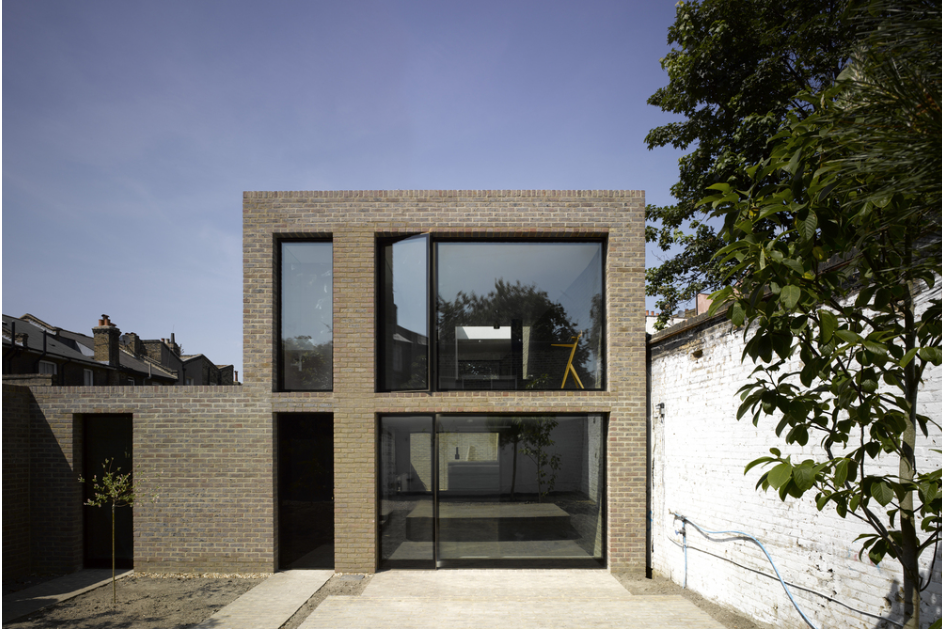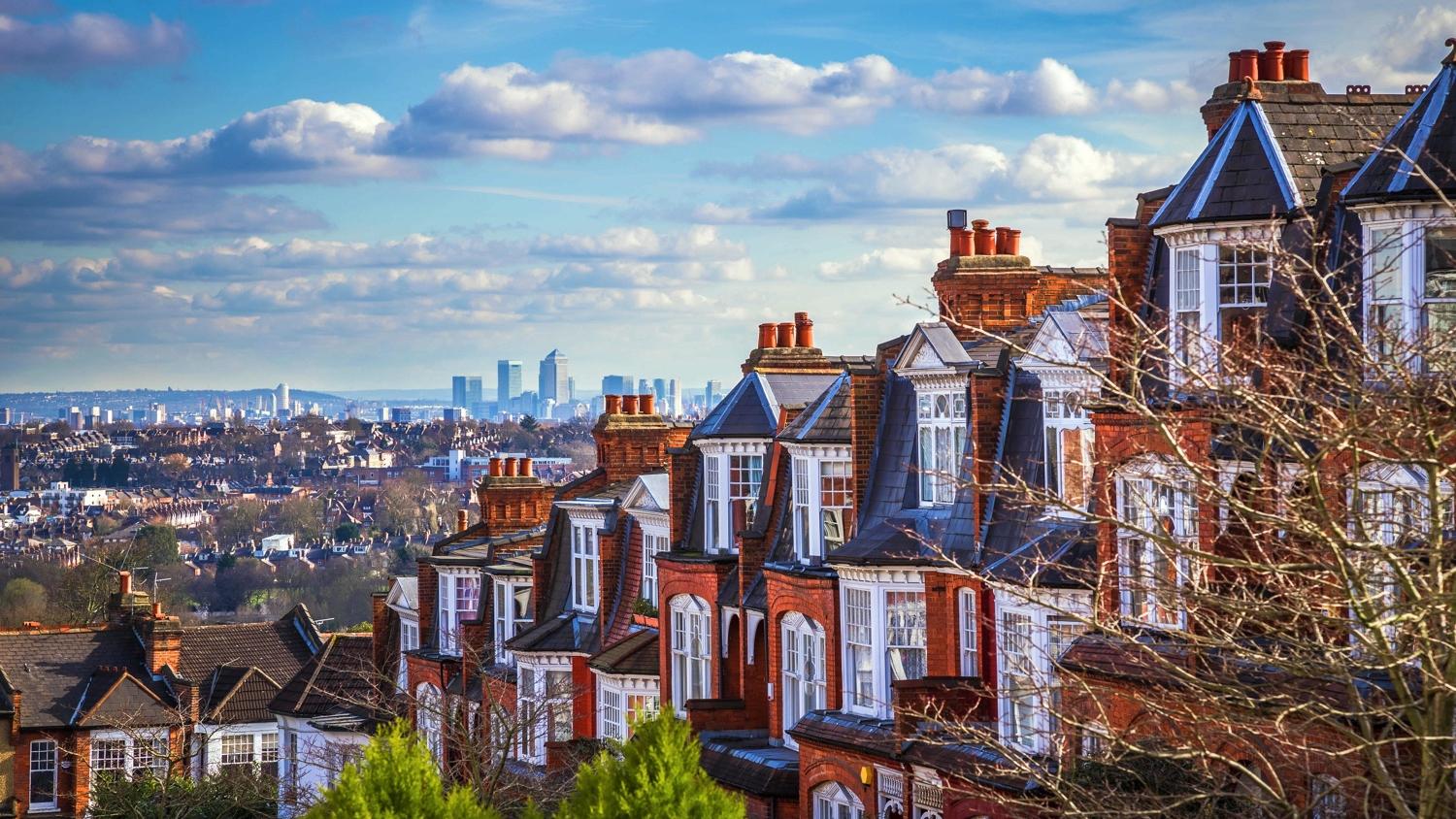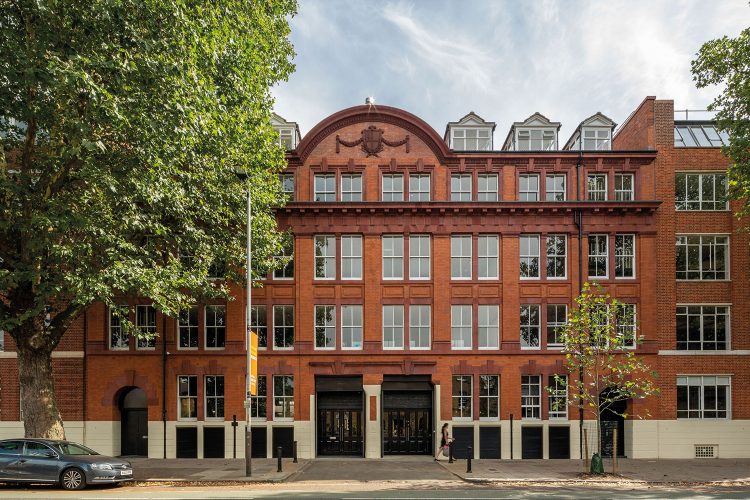Brick buildings have been housing humans since ancient times, primarily due to the blocks’ origin as fired clay, a natural resource abundant everywhere on earth.
Bricks have certainly been one of the most popular building materials in the United Kingdom for centuries. The bright red brick exteriors of Victorian terrace houses are iconic sights in many of London’s residential neighbourhoods.
The material boasts durability, strength, and aesthetic appeal. Relatively to other materials like concrete, brick buildings have low embodied carbon, meaning that lower levels of CO2 are emitted during the construction period.
Yet, as sustainability comes into ever sharper focus in the construction industry, there has been an ongoing examination into its future in the built environment and whether further minimisation of its impact on the planet can be made.
Environmental Impact
Brick production involves large quantities of clay, which requires mining. Here, careless extraction can strip the land’s fertile topsoil and inhibit plant growth, not to mention the transportation involved.
However, modern brick production methods have improved considerably, and many manufacturers have adopted more responsible practices like making bricks with recycled materials such as crushed glass, fly ash, and slag.
Carbon emissions during the firing of bricks is another environmental consideration. The energy consumption of brick kilns (often coming from fossil fuels) is a significant contributor to their carbon footprint.
Nonetheless, brick buildings often have a long lifespan and can be energy-efficient thanks to their high thermal mass, or the ability to store heat, which can offset some of the carbon footprint in the manufacturing process.

Lifespan and Recyclability
Brick buildings can stand for hundreds of years. Many have, including London’s Bromley Hall which was first built in the 1400s. Brick structures are also resistant to fire, wind, and water damage, making them a practical choice for the UK’s often unpredictable weather conditions.
Bricks are also recyclable. After demolition, bricks can be cleaned and reused in new construction projects or repurposed for other uses. Ideally, this is a sustainable alternative to sending them to landfill, and would reduce the need for new brick production.
However, the process of reclaiming old bricks can be expensive and painstaking, as old bricks have to be cleaned of mortar with hammers and chisels. This prevents reclaimed bricks from being used in mass construction scenarios. Plus, there lacks a standardised way of assessing qualities of recycled bricks.
Social and Cultural Significance
Bricks have played an essential role in the UK’s architectural history, forming a significant part of the country’s cultural heritage. The distinctive red brick architecture of northern England, for example, is an essential part of the region’s identity and a source of pride for its residents.
Brick buildings also provide a sense of continuity and stability, connecting the past with the present and the future. The use of traditional building materials like bricks can help to preserve the character and identity of local communities and their built environment.

Looking forward
There are many inventions waiting to make a splash in the industry. K-Briq, for instance, is a new type of brick created by ex-researchers at the University of Heriot-Watt in Scotland. The manufacturer claims that the block consists of 90% of recycled content (instead of pure clay), the highest of any brick. K-Briq also does not require kilns, thus reducing the majority of energy consumption compared to traditional models. Although the concept has been around since 2020, the firm expects full commercialisation to begin in the spring of 2023.
It is hard to imagine a future without bricks. They can be a sustainable building material when manufactured responsibly, used efficiently, and recycled after demolition. Their durability, strength, and aesthetic appeal make them an attractive choice for many construction projects, and their cultural significance adds to their value.

